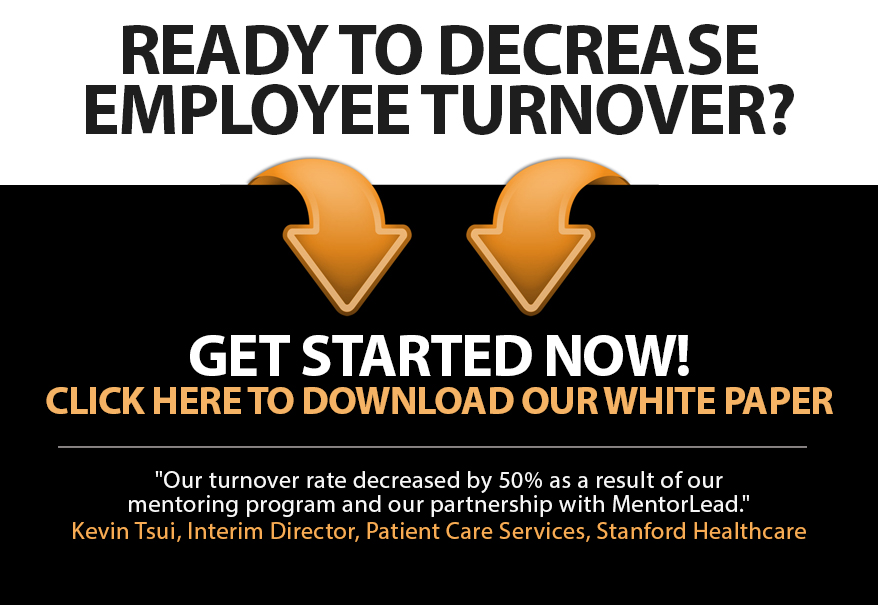
In my house growing up, my mom would invariably counter any hesitation with “What’s the worst that can happen?” She even employed this when I hesitated asking the cutest boy in class to the 8th grade Sadie Hawkins dance. (I did. He didn’t. But her nudge got me out of my head and into action!)
Her approach has since been backed by science…
In the 1980s, researchers discovered that our challenge with long-term goals is not willpower or motivation. Instead we are derailed by short-term, in-the-moment urges and deterrents!
- Staying in that cozy bed instead of getting up early to work out
- Eating a colleague’s homemade cookies instead of sticking to a diet
- Not flossing due to exhaustion after a late night at the office
Instantly a long-term goal of being healthy evaporates, and temptation wins! What starts with great intentions, falters in the face of one cookie or one warm, cozy bed.
NYC researcher Peter Gollwitzer tested a technique that could help evolve those greatly-intended resolutions into greatly-executed solutions: implementation intentions. Better known as an “if-then plan.”
Here’s how this self-regulatory strategy works: write down a goal, anticipate the obstacles (urges and deterrents), and create a concrete game plan to overcome them. Gollwitzer and his team devised the following template:
In other words, launch with a plan for the worst that could happen!
Example:
- Goal: exercise before work
- Obstacle/Temptation: sleeping in
- Strategy: arrange to meet a friend at the gym
Example:
- Goal: save more money
- Obstacle/Temptation: a ridiculous sale at a favorite shop
- Strategy: wait 24-hours before purchasing anything
Interestingly, Gollwitzer and his team discovered that the more difficult the goal, the better this strategy works.
So don’t just create Doomed New Year’s Resolutions. Create Intentional New Year’s Solutions!

